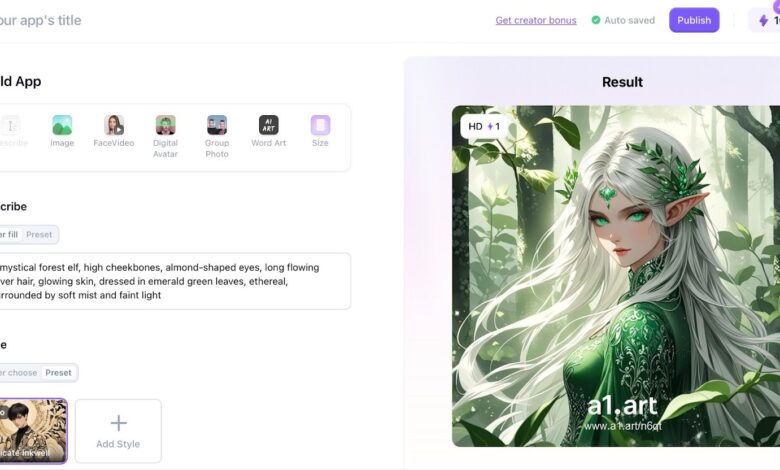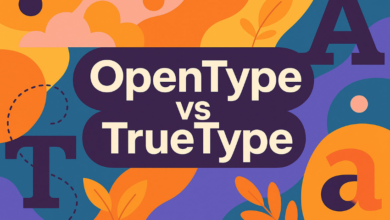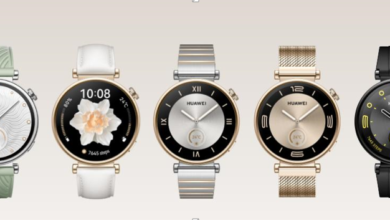Text-to-Image Generation Models

The rapid development of artificial intelligence has paved the way for numerous innovative applications, one of which is text-to-image generation. These models, which convert textual descriptions into high-quality images, have transformed art, design, marketing, and entertainment. Among the platforms at the forefront of this technology is a1, a versatile and user-friendly tool designed to bring creative visions to life through the power of AI. This article explores how text-to-image generation works, the significance of a1in this field, and provides practical examples to demonstrate how a1 can be used to create stunning images from text prompts.
Understanding Text-to-Image Generation
Text-to-image generation models use machine learning algorithms, particularly deep learning models like Generative Adversarial Networks (GANs) and Diffusion Models, to generate images based on descriptive text. These models are trained on extensive datasets of images paired with descriptive captions, allowing the AI to “learn” how certain words and phrases translate into visual features. By analyzing patterns, color schemes, and object relationships, the models can generate unique visuals that align closely with the given text description.
The technology behind text-to-image generation is complex, but the user experience is intuitive. Users simply input a descriptive phrase, and the model generates an image that best represents the description. The quality of the output depends on both the AI model and the specificity of the prompt, making platforms like A1 essential tools for maximizing creative potential.
The Role of a1 in Text-to-Image Art
Among the various AI platforms available, a1 stands out for its ability to produce diverse styles and high-quality images quickly. The platform offers an AI image generator that enables users to create images from even the simplest descriptions. In addition to standard text-to-image generation, a1 also includes photo filters that can modify and enhance existing images, allowing users to explore multiple artistic styles.
Using a1’s text-to-image tools is straightforward and effective, even for beginners. The platform’s advanced models interpret text prompts with impressive accuracy, producing results that reflect the tone, emotion, and context described. Below, we explore some examples using a1 to illustrate the range and depth of its creative capabilities.
Examples of Using a1 for Text-to-Image Generation
To demonstrate the effectiveness of a1’s text-to-image generator, here are some sample prompts and the resulting images that could be generated on the platform:
1. Mysterious Forest Elf
Prompt: “A mystical forest elf, high cheekbones, almond-shaped eyes, long flowing silver hair, glowing skin, dressed in emerald green leaves, ethereal, surrounded by soft mist and faint light”
This example showcases how a1 can bring detailed character concepts to life, particularly useful for fantasy writers, game designers, and visual storytellers seeking inspiration for characters in mythical settings.
FOR MORE INFORMATION CLICK HERE : desert safari tours dubai
2. Cyberpunk Cityscape with Female Character
Prompt: “Cyberpunk woman, sleek black hair, neon lights reflecting, sharp jawline, dressed in futuristic armor, intense gaze, vibrant city background with neon signs, edgy and powerful”
Description: For this prompt, a1 would generate a strong female character set in a futuristic, neon-lit cityscape. The AI would likely emphasize sharp contrasts, vivid neon colors, and reflective surfaces, all hallmarks of the cyberpunk aesthetic. The resulting image might show a character with sleek, polished hair and a powerful presence, standing against a backdrop of towering skyscrapers illuminated by neon signage.
This image could serve as a visual asset for projects in the cyberpunk genre or for creators looking to add dynamic futuristic elements to their work.
3. Vintage Gentleman in Classic Setting
Prompt: “Vintage gentleman, high cheekbones, refined and polished look, wearing a classic suit with a bow tie, slicked-back hair, calm and confident expression, sepia-toned, old-fashioned setting”
Description: This prompt directs a1 to create a character reminiscent of the early 20th century, set in a sepia-toned, vintage environment. By using this prompt, users would get an image of a refined gentleman, complete with slicked-back hair and a classic suit. The sepia tone enhances the vintage feel, capturing the essence of an old-world setting.
This style is ideal for users interested in historical themes or those seeking an aesthetic reminiscent of classic cinema or photography.
4. Sunlit Summer Field with Young Girl
Prompt: “Young girl with freckles, short wavy hair, sun-kissed skin, smiling brightly, wearing a simple sundress, standing in a field of sunflowers under a sunny sky, warm and vibrant”
Description: With this prompt, a1 generates an image that radiates warmth and cheerfulness. A young girl standing in a field of sunflowers under a bright summer sky would be depicted, with elements such as freckles and sun-kissed skin adding authenticity and detail to the scene.
This type of imagery is especially useful for creators in advertising, storytelling, or social media content who aim to convey positivity and energy.
5. Ice Queen in a Winter Landscape
Prompt: “Ice queen with piercing blue eyes, fair skin, intricate braided hair, wearing a shimmering silver gown, surrounded by icy crystals and snowflakes, regal and fierce, cold winter setting”
Description: This prompt allows a1 to produce a regal and otherworldly character set in a wintery environment. The AI would create an image of an imposing ice queen, surrounded by snowflakes and shimmering crystals, exuding both grace and power.
This type of image would suit fantasy illustrations or visualizations for winter-themed projects.
Enhancing Images with Photo Filters on a1
In addition to text-to-image generation, a1 offers photo filters that can modify existing images. For example, users can apply filters that mimic various art styles, such as impressionism, watercolor, or comic book effects. This allows users to take AI-generated images or other photos and add layers of stylization, creating a cohesive artistic theme across multiple images.
For instance, if a user generates an image of a forest scene and wants to give it a dreamy, surreal look, they can apply a soft-focus or watercolor-style filter. This feature is especially useful for those looking to create cohesive visual narratives, as it provides the flexibility to adjust the mood and tone of the artwork effortlessly.
The Broader Impact of Text-to-Image Models on Art and Design
Text-to-image generation is reshaping the way artists and designers approach their work. Platforms like a1 provide an accessible means of creating high-quality visuals without needing extensive artistic training, opening new possibilities for individuals and businesses alike. Whether for concept art, marketing, branding, or personal projects, the ease and flexibility of a1’s AI image generator and photo filters have democratized the process of digital creation.
Conclusion
Text-to-image generation models have become powerful tools in the digital art landscape, offering a unique blend of creativity and technology. With platforms like a1, artists and enthusiasts can explore imaginative worlds, design unique characters, and enhance existing visuals with ease. As these tools evolve, they will continue to expand the boundaries of what’s possible in visual creation, making art accessible, dynamic, and endlessly innovative.



